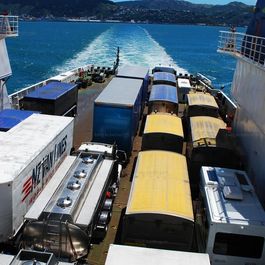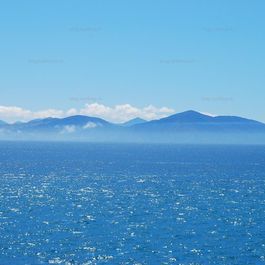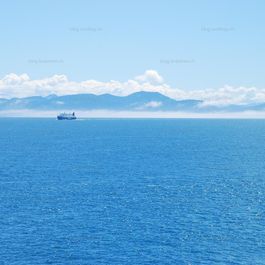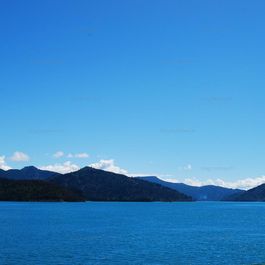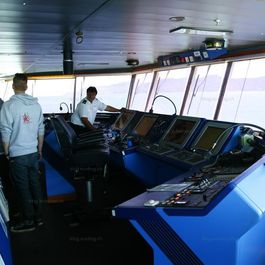Capital visit and crossing to the South Island
The rainy weather in which we arrived in Lower Hutt held out for two more days, so we visited Wellington in the rain. Fortunately, we were asked by a family right by the campground if they should take us to Wellington. Kindly, we were taken right in front of the National Museum, Te Papa. Merci!
In the museum cafe we enjoyed a really good English breakfast. For once, we were really thrilled with the quality of the sausages and bacon.
The museum visit was very interesting and varied, really recommendable. However, half a day was enough for us, where others seem to spend more than a day for this museum.
The following Sunday we made another trip to Wellington. This time, among other things, the Cable Car (Swiss-Made funicular) was on the program.
On the fourth rainy day (our tent survived the Wellington wind-and-rain test without damage) our tandem got fresh brake pads for the disc brake in the morning and we biked on the motorway (or its bike lane) to Wellington.
In Wellington we met some schoolmates who just arrived with the ferry from Picton. Shortly after we had to board our ferry to cross over to the South Island.
For tandem with trailer we paid at the Interislander ferry the price of two bicycles. Compared to the train, loading was relatively easy here. We pushed our vehicle over the railroad access to the railroad deck of the ferry. Since the bicycles are placed there just so against a wall, we were glad that our side bags acted as a cushion to the other bikes. The responsible worker fixed the bicycles unfortunately only on demand.
For the crossing we had with the weather a riesen luck, sunshine and only few waves. The days before would have been less funny. Due to the stormy winds, the ferries were sometimes several hours late!
Because the captain had his last day on this ferry, he invited all interested people to the bridge. So we were able to take a look behind the scenes of the boat, along with quite a few other passengers. The diesel-electric ferry can be maneuvered freely in all directions thanks to computer support via joysticks. On the way, the computer steers the ship independently and distributes the 10MW of electrical power to the traction motors depending on the current and wind, so that the ship travels through the Cook Strait at about 40 km/h.
In Picton we met several bicycle tourers, some of them with trailers. The exchange of experiences was very valuable for us. Merci!

